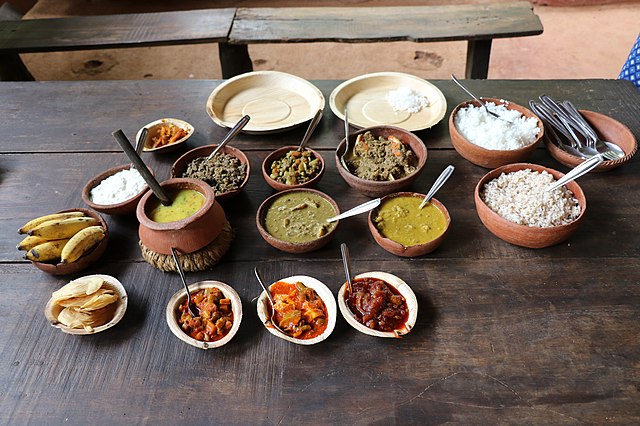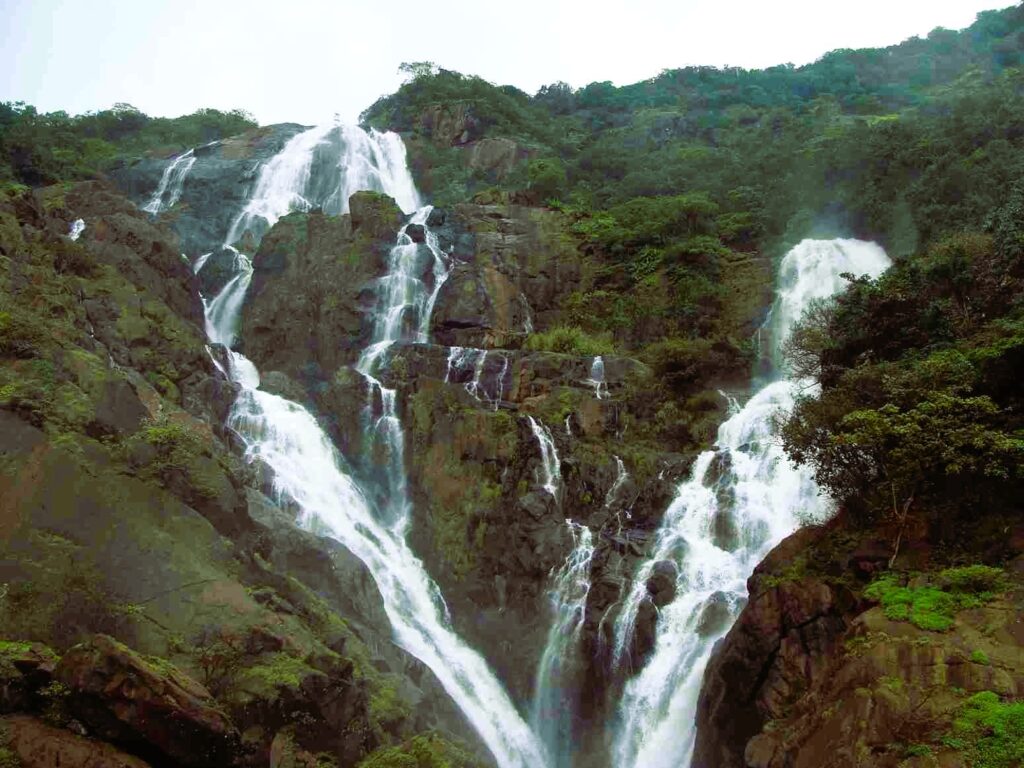Explore the 7 best Historical Sites in Goa: Rich Heritage of Goa’s Forts and Landmarks
Let us explore the magnificent forts, awe-inspiring churches, and intriguing ruins that stand as testaments to Goa’s illustrious past. From majestic forts standing as silent witnesses to centuries gone by, to iconic landmarks that narrate tales of the region’s glorious past, these historical sites in Goa, offer a glimpse into the vibrant tapestry of Goa’s history. Prepare to embark on a journey of discovery as we unveil the captivating stories and architectural marvels that make Goa’s historical sites a must-visit destination for history enthusiasts and curious travelers alike.
I. Fort Aguada:
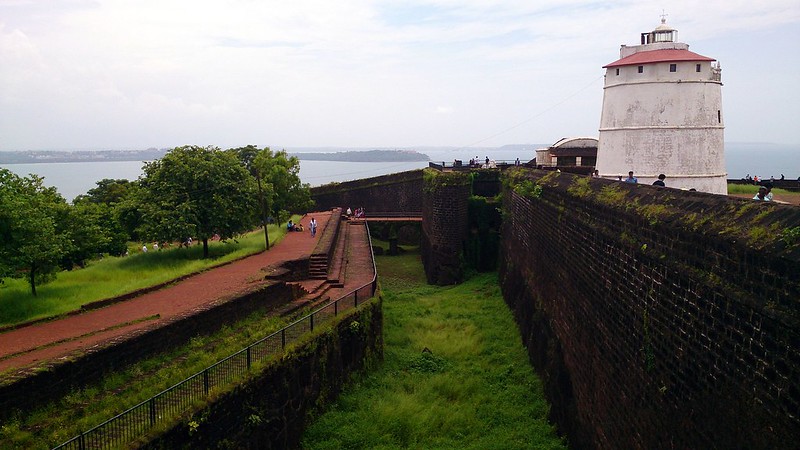
Built during the 17th century by the Portuguese, Fort Aguada is a commanding structure that has withstood the test of time. Perched atop a hill, it offers panoramic views of the Arabian Sea and the surrounding landscapes. Originally constructed to protect Goa against invasions, the fort is a fascinating blend of military architecture and strategic design. Explore the sprawling complex, walk along the ramparts, and marvel at the well-preserved lighthouse, which guided ships through Goa’s treacherous waters. Fort Aguada is a testament to Goa’s maritime past and serves as a popular tourist attraction, drawing history enthusiasts and nature lovers alike.
II. Chapora Fort:
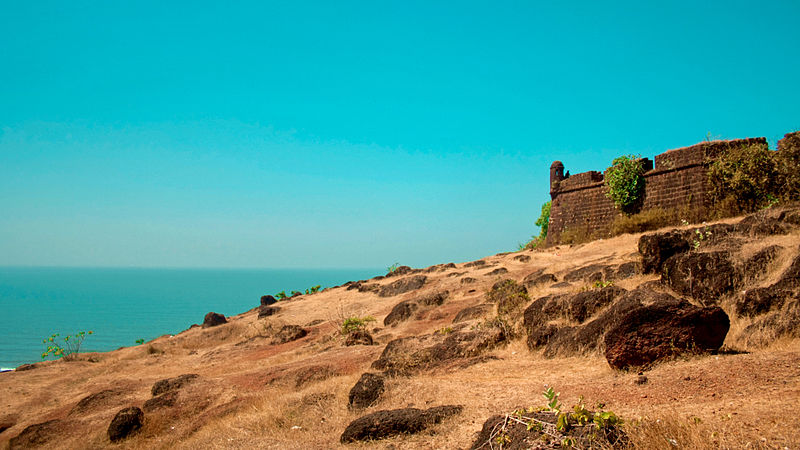
Perched on a hill overlooking the Chapora River, Chapora Fort is a captivating destination that provides stunning views of the Arabian Sea and the nearby Vagator Beach. The fort holds a prominent place in Goa’s history, having changed hands between the Portuguese, Marathas, and Bhonsles. Although mostly in ruins, it exudes a mystical charm that attracts visitors seeking a glimpse into Goa’s tumultuous past. Take a leisurely stroll within the fort’s premises, explore the remnants of its ramparts, and soak in the serene atmosphere. Chapora Fort also gained fame as a filming location for the Bollywood movie “Dil Chahta Hai,” further enhancing its allure.
III. Basilica of Bom Jesus:
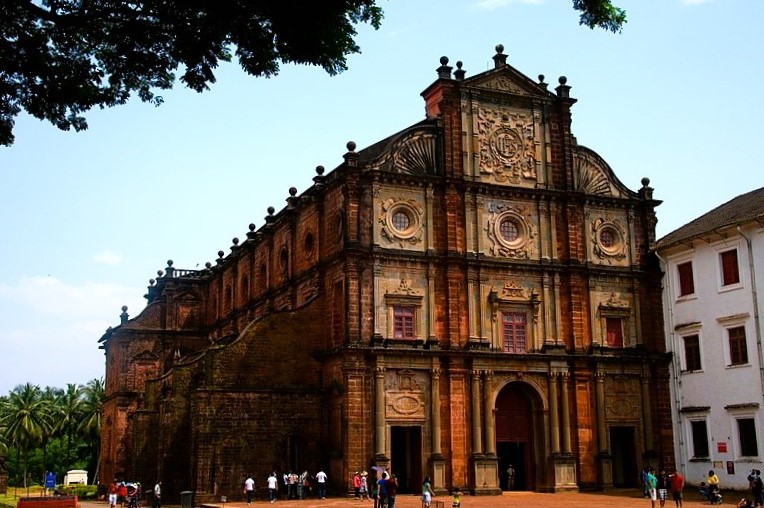
The Basilica of Bom Jesus, located in Old Goa, is an architectural marvel and a UNESCO World Heritage Site. Constructed in the 16th century, it is one of the finest examples of Baroque architecture in India. The basilica houses the mortal remains of St. Francis Xavier, a revered saint and patron of Goa. Step inside the awe-inspiring structure and marvel at its intricately carved altars, ornate interiors, and the silver casket that enshrines the saint’s body. The Basilica of Bom Jesus is not only a place of religious significance but also a significant cultural landmark, drawing pilgrims and tourists from around the world.
IV. Reis Magos Fort:
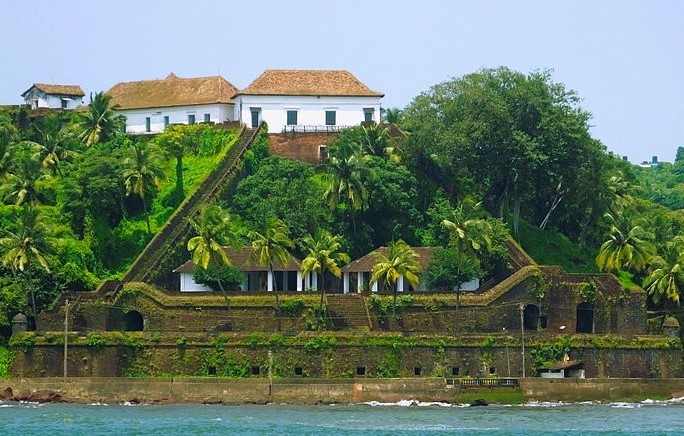
Situated on the northern bank of the Mandovi River, Reis Magos Fort is a lesser-known gem that offers a unique perspective on Goa’s history. Originally built as a defense fortress, it later served as a residence for Portuguese viceroys. The fort underwent extensive restoration, and today it stands as a beautifully preserved structure that houses a cultural and heritage center. Explore the fort’s interiors, admire the elegant Portuguese-style architecture, and visit the museum within its premises to gain insights into Goa’s colonial past. Reis Magos Fort also hosts art exhibitions, concerts, and cultural events, providing a vibrant space for artistic expression.
V. Tambdi Surla Temple:
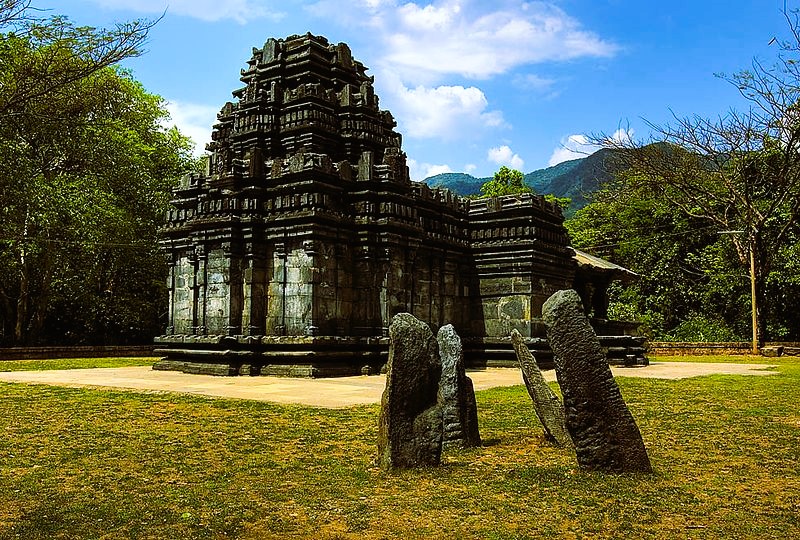
Nestled amidst the dense forests of Goa, is a hidden gem that showcases the ancient architectural brilliance of the region. Believed to be the oldest surviving temple in Goa, Tambdi Surla Temple is an exquisite masterpiece of the Kadamba dynasty, dating back to the 12th century. This Shaivite temple dedicated to Lord Shiva boasts intricate carvings and stone sculptures that have stood the test of time. The temple’s strikingly detailed interiors and the magnificent idol of Lord Shiva are a sight to behold. Surrounded by lush greenery and a tranquil atmosphere, Tambdi Surla Temple offers a serene and spiritual experience for visitors. It stands as a testament to Goa’s rich heritage and cultural legacy, inviting travelers to immerse themselves in the mystique of ancient Indian craftsmanship.
VI. Cabo de Rama Fort:
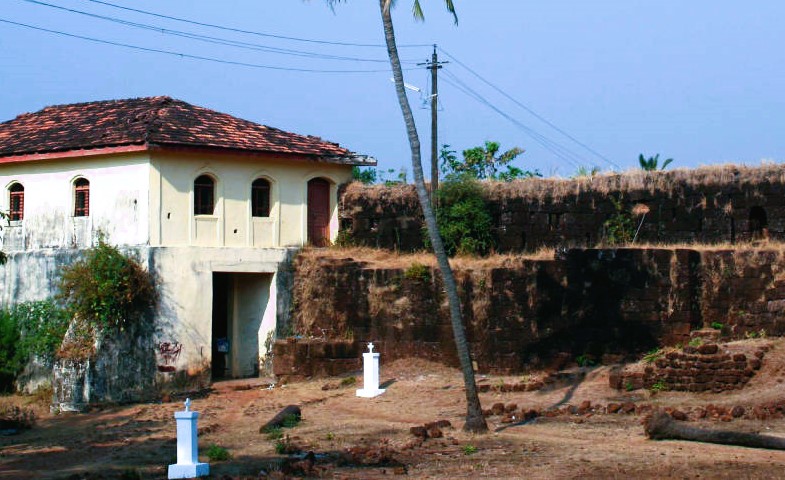
Nestled amidst the serene landscapes of Canacona in South Goa, is a hidden gem steeped in history and natural beauty. Perched atop a cliff overlooking the Arabian Sea, this ancient fort offers panoramic views that will leave you awe-inspired. Believed to have been built by the Hindu rulers and later occupied by the Portuguese, Cabo de Rama Fort holds echoes of a bygone era. As you explore its sprawling grounds, you can immerse yourself in the remnants of its walls, explore the weather-worn cannons, and soak in the tranquil ambiance. The fort also houses a small chapel dedicated to Santo Antonio, adding a touch of spiritual significance to the site. Cabo de Rama Fort’s charm lies in its off-the-beaten-path location, making it an ideal spot for history enthusiasts, nature lovers, and those seeking a peaceful retreat.
VII. Tiracol Fort:
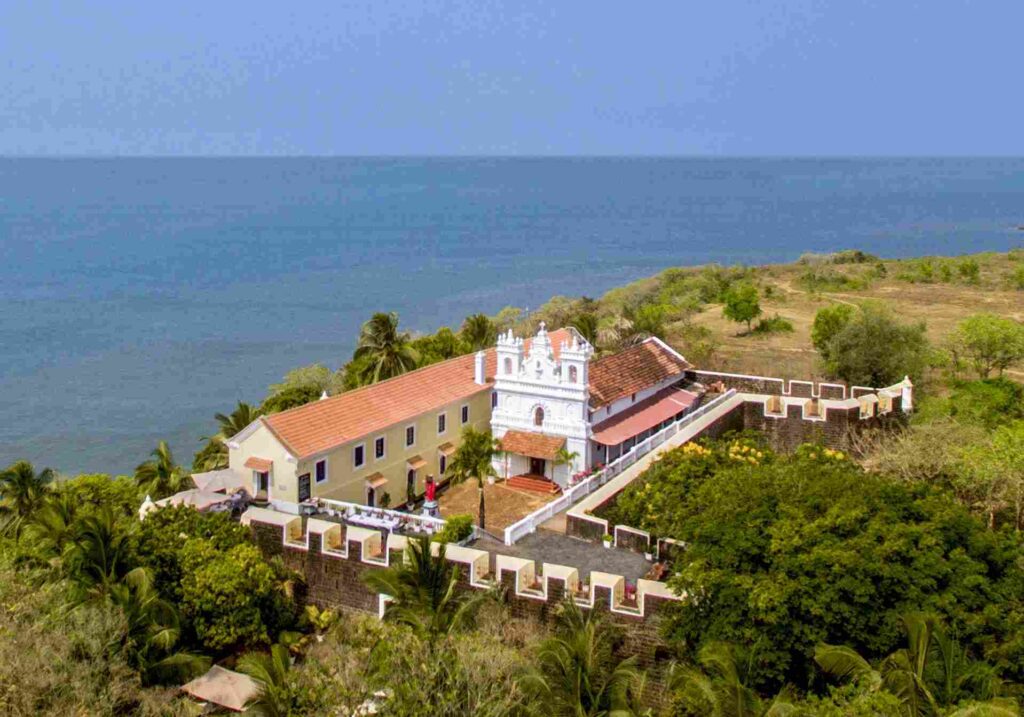
Tiracol Fort, also known as Terekhol Fort, is a hidden gem nestled on the northernmost tip of Goa. Perched atop a hill overlooking the Tiracol River and the Arabian Sea, this centuries-old fort offers breathtaking views of the surrounding landscapes. Originally built by the Maharaja of Sawantwadi in the 17th century, it later came under Portuguese control. Today, the fort has been meticulously restored and transformed into a charming heritage hotel. Step inside its walls and you’ll be transported back in time, with its well-preserved architecture, intriguing artifacts, and a tranquil chapel. Tiracol Fort serves as a testament to Goa’s historical significance and invites visitors to immerse themselves in its rich past while enjoying a memorable stay in a picturesque setting.
In conclusion, Goa’s historical sites are an integral part of its rich cultural heritage. Each site represents a unique chapter in Goa’s tumultuous past and offers visitors a glimpse into its magnificent history. The well-preserved forts and landmarks stand as testaments to Goa’s maritime prowess and strategic significance. Exploring these sites not only enriches our understanding of Goa’s past but also provides an opportunity to appreciate its natural beauty and vibrant culture. So, the next time you’re in Goa, make sure to include these historical sites in your itinerary and discover the fascinating world of its heritage.



